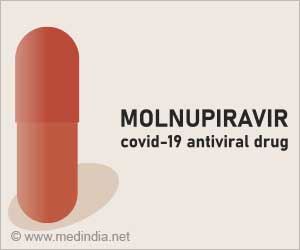A new report based on a common hallmark feature of aging could provide the possible molecular explanation for the increased sensitivity of elderly people to COVID-19.

‘Elderly people are more prone to COVID-19 infection because of the increased ACE2 expression by dysfunctional telomeres.’





The reasons for the higher probability of severe symptoms and death in the elderly in response to a SARS-CoV-2 infection remain unclear. ACE2 expression has been related to patients’ age in the nasal epithelium, the first point of contact with COVID-19.Lower ACE2 expression in children relative to adults may explain why COVID-19 is less prevalent in children, and the expression and distribution of the ACE2 receptor may be relevant for the progression and prognosis of COVID-19.
In the lungs, ACE2 is mostly found on the surface of ATII cells, and these cells are thus likely the primary target of SARS-CoV-2 infection in the lungs. SARS-CoV-2 mainly spreads via respiratory droplets and the lung is the first target organ of the virus.
To reveal the molecular mechanism underlying the upregulation of ACE2 during aging, the researchers turned to in vitro and in vivo models that recapitulate some key aspects of aging.
Aging is associated with telomere shortening and damage in a range of tissues in different species, including humans.
Advertisement
When telomeres become critically short, they are sensed as DNA breaks and activates DNA damage response pathways.
Advertisement
Both approaches prevent ACE2 gene and protein upregulation following telomere damage in aging cultured cells and mice. The group also used a cell culture model in which the DNA damage response is activated specifically at telomeres in the absence of telomere shortening, with the same results.
These findings indicate that it is the DNA damage response activation, rather than telomeric shortening per se, that is responsible for ACE2 upregulation.
Understanding the mechanism of age susceptibility to the COVID-19 infection is important for targeted therapeutic approaches, which might in principle include the use of tASO-mediated inhibition of the telomeric DNA damage response.
ACE2 also has a role in the regulation of blood pressure and the balance of fluids and salts and is expressed in other human tissues, for example, the heart and kidney. The findings reported here may thus also have broader medical implications beyond COVID-19.
However, further research is needed to establish whether reducing ACE2 expression has beneficial effects on COVID-19 infection rates and on the severity of symptoms in vivo models.
Further work also needs to be carried out to understand how DNA damage response signaling leads to increased ACE2 gene expression.
Source-Medindia











